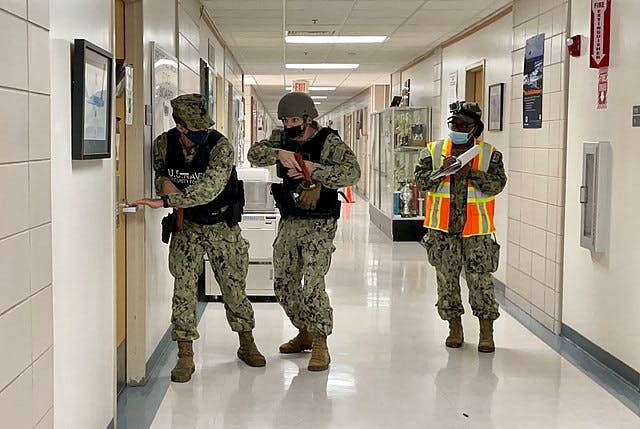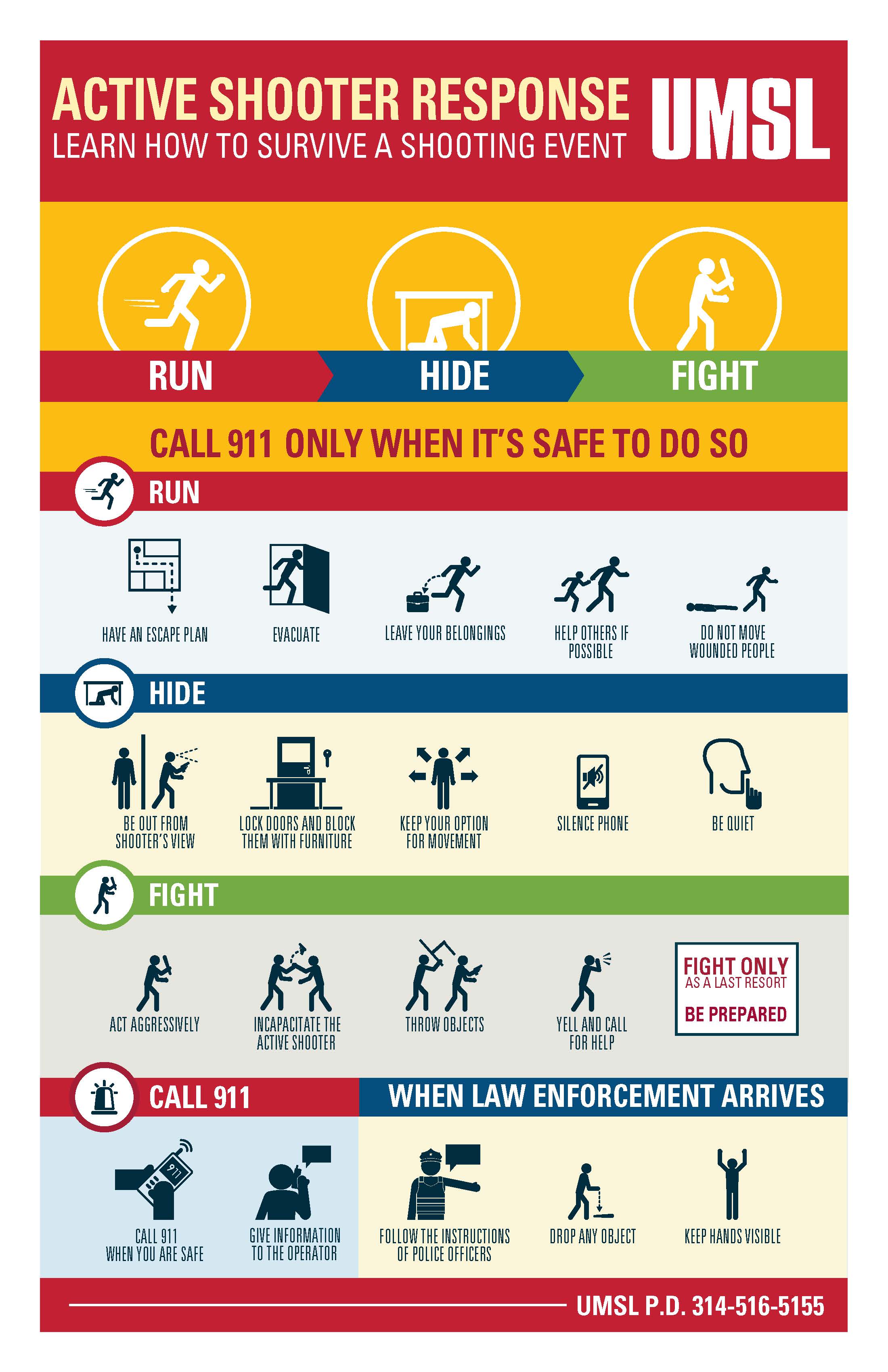Just How Active Shooter Training Enhances Emergency Situation Response Preparedness
Just How Active Shooter Training Enhances Emergency Situation Response Preparedness
Blog Article
Exploring the Secret Components and Objectives of Reliable Energetic Shooter Training Programs
Active shooter training programs are crucial in gearing up individuals and companies with the essential abilities to react successfully to prospective risks. These programs integrate essential elements, such as the "Run, Hide, Battle" approach, realistic scenario simulations, and interaction procedures, fostering an atmosphere of readiness. Moreover, they stress psychological strength to aid participants navigate high-stress situations. As we discover the complexities of these training programs, it becomes evident that understanding their thorough nature is crucial to enhancing security steps and action capabilities. What certain elements absolutely define their performance?
Importance of Energetic Shooter Training
Active shooter training programs are important for boosting readiness and action in the face of possible hazards. These programs aim to equip people, companies, and areas with the knowledge and abilities necessary to effectively reply to active shooter circumstances. The enhancing frequency and seriousness of such incidents emphasize the relevance of positive procedures, as timely and educated actions can dramatically reduce injury.

In addition, these programs can assist minimize the anxiousness and concern that usually come with discussions regarding potential risks. By giving organized advice and practical approaches, people acquire confidence in their ability to react properly. Eventually, the value of energetic shooter training depends on its possible to conserve lives, decrease injuries, and grow a ready and durable community with the ability of encountering unpredicted difficulties.
Key Components of Training Programs
Effective active shooter training programs typically include several essential components developed to prepare individuals for real-world scenarios. The very first element is extensive education and learning on the nature of active shooter cases, consisting of statistics, instance studies, and emotional elements that affect assailants. This theoretical foundation is crucial for fostering understanding and understanding amongst participants.
Following, programs typically consist of training on personal safety steps, emphasizing the "Run, Hide, Fight" strategy. Individuals find out how to examine their environment, make fast decisions, and take suitable actions throughout a dilemma. In addition, the inclusion of reliable communication abilities is essential, as individuals should comprehend exactly how to report cases and share vital info with law enforcement.
One more essential component is the participation of regulation enforcement or protection experts, who supply understandings into tactical actions and the importance of participation throughout a crisis. Programs must deal with the mental consequences of an active shooter scenario, supplying techniques for dealing and recovery.
Lastly, continuous training and correspondence course are crucial to make certain that expertise stays present and individuals feel great in their abilities. Together, these essential elements create an all-around training program that equips individuals to respond successfully to an active shooter event.
Realistic Circumstance Simulations
Practical scenario simulations are a critical element of energetic shooter training programs, offering individuals with the opportunity to take part in hands-on method that mirrors possible real-life situations. These simulations improve the training experience by developing an immersive environment where people can apply theoretical expertise in useful settings.
Through making use of role-playing, simulated situations, and specialized training facilities, individuals experience description the prompt difficulties and stress factors related to an active shooter event. This method of training advertises quick decision-making, teamwork, and the application of security methods under stress. It allows responders to establish critical skills such as situational awareness, hazard analysis, and effective evacuation procedures.
Additionally, sensible simulations assist to recognize prospective weaknesses in participants' feedbacks, enabling trainers to supply targeted feedback and improve overall preparedness. The incorporation of varying scenarios, consisting of various places and assaulter profiles, even more improves the training experience, guaranteeing that participants are fully equipped to manage a variety of possible circumstances.
Eventually, these simulations serve not only to instruct but additionally to build self-confidence among participants, fostering a feeling of readiness that is crucial for effective emergency situation reaction despite an active shooter threat. active shooter training.
Interaction Techniques in Training
Clear interaction is essential in active shooter training programs, as it directly affects the effectiveness of action efforts throughout a situation. Training participants need to comprehend the methods and procedures that will certainly lead their Get More Information actions if faced with an active shooter circumstance. Developing clear lines of interaction guarantees that all individuals entailed can pass on information without delay and precisely.

In addition, training programs must emphasize the relevance of active listening. Inevitably, efficient interaction methods are important for preparing people to respond emphatically and cohesively in the face of an active shooter occurrence.
Psychological Readiness Techniques
Emotional preparedness strategies are progressively identified as vital parts of active shooter training programs. These strategies aim to outfit individuals with the mental strength required to react effectively in high-stress circumstances. By cultivating a way of thinking attuned to potential hazards, participants can better handle worry, anxiety, and complication throughout important incidents.
Key emotional readiness approaches consist of scenario-based training and tension vaccination exercises. Scenario-based training submerses individuals in reasonable simulations that mimic the mayhem of an active shooter event, enabling them to practice decision-making under pressure. This direct exposure assists construct experience with emergency methods, boosting second-nature reactions.
Stress inoculation includes progressive direct exposure to stress-inducing situations, allowing people to establish coping systems. This can consist of breathing exercises, visualization methods, and cognitive restructuring to reframe unfavorable ideas. By incorporating these techniques, training programs can grow a feeling of self-confidence and control, which is essential in situation scenarios.
Moreover, post-incident emotional assistance you could look here is crucial to attend to the emotional results of an active shooter occasion. Incorporating mental health resources into training programs not just prepares individuals for prompt reactions yet additionally promotes long-lasting psychological health, inevitably contributing to a safer and much more resilient setting.
Verdict

Report this page